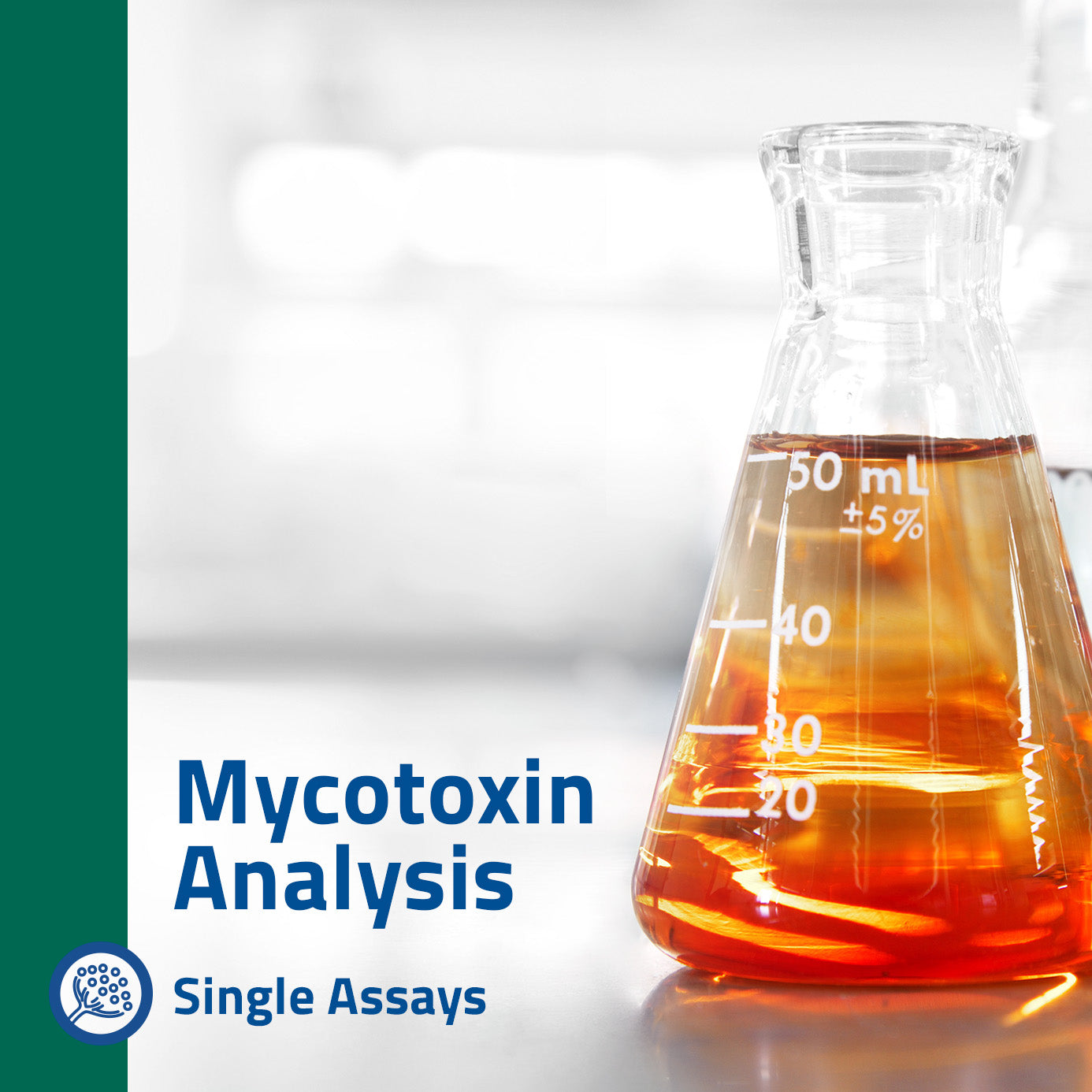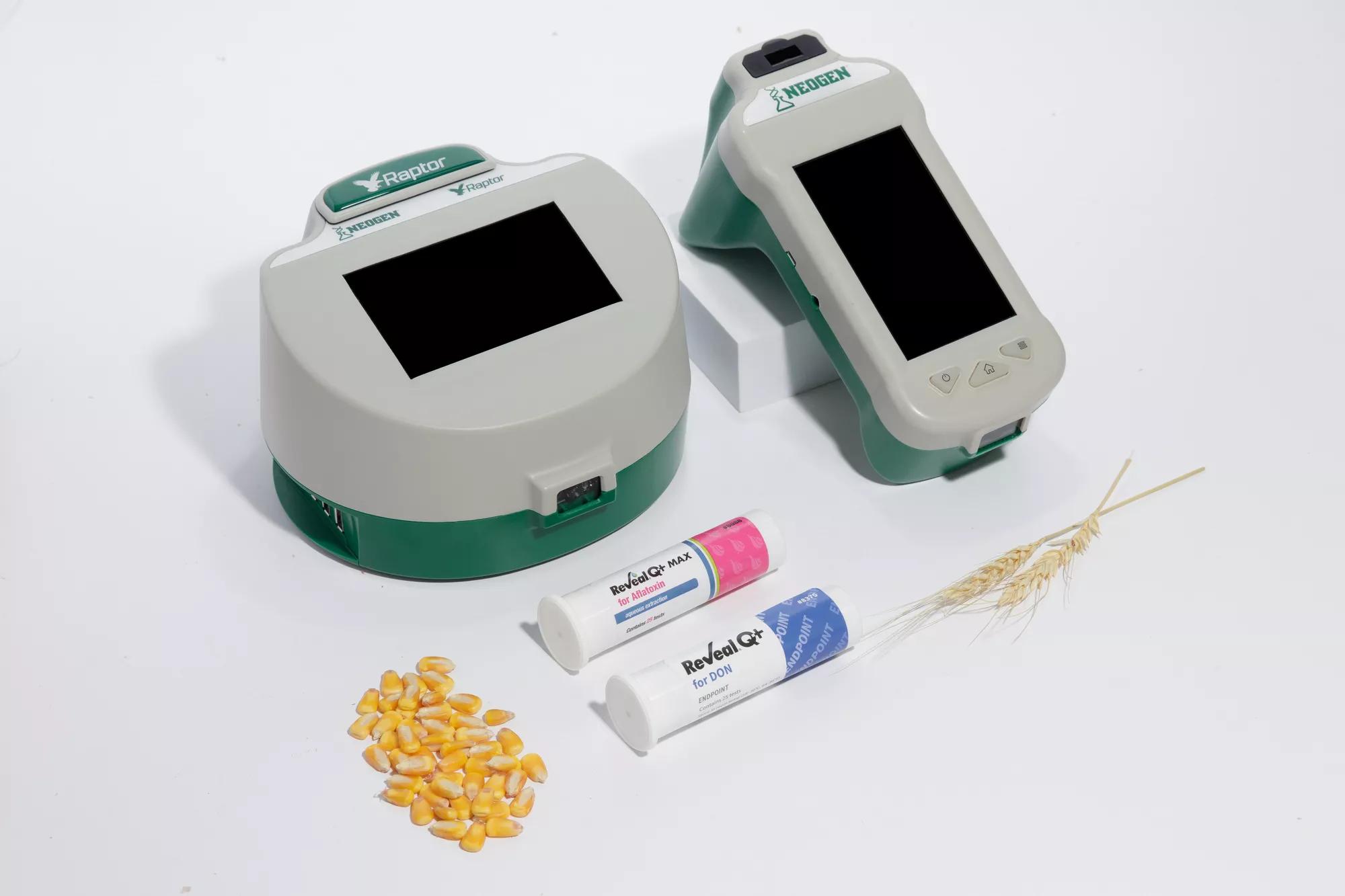Discover the Benefits of Specialist Mycotoxin testing Services Today
Discover the Benefits of Specialist Mycotoxin testing Services Today
Blog Article
Exactly How Mycotoxin Screening Helps Avoid Contamination and Safeguard Food Products

Mycotoxin testing is a crucial technique in the food market, offering as a frontline defense against contamination by unsafe contaminants generated by mold and mildews. Through the application of sophisticated strategies like High-Performance Liquid Chromatography (HPLC) and Fluid Chromatography-Mass Spectrometry (LC-MS), food producers can accurately quantify and discover mycotoxin levels in farming products.
Recognizing Mycotoxins
Comprehending mycotoxins starts with identifying that they are poisonous secondary metabolites produced by particular molds, which can infect agricultural products. These metabolites are not vital for the development or recreation of the fungi however can have extreme implications for animal and human wellness. Mycotoxins are commonly located in staple crops such as corn, wheat, barley, and nuts, where they can proliferate under certain problems of dampness and temperature level.
There are numerous kinds of mycotoxins, each generated by various fungal types. Aflatoxins, generated by Aspergillus types, are among the most well-known, known for their carcinogenic buildings. An additional substantial team consists of ochratoxins, created by Aspergillus and Penicillium varieties, which have nephrotoxic effects. Fusarium varieties generate fumonisins and trichothecenes, both of which are related to numerous severe and chronic health issues.

Dangers of Mycotoxin Contamination
The threats of mycotoxin contamination are diverse, presenting considerable dangers to both food security and public health and wellness. Mycotoxins, hazardous substances produced by specific kinds of fungi, can contaminate a vast range of agricultural products consisting of cereals, nuts, spices, dried fruits, and coffee.
Economic impacts are an additional major problem. Polluted crops can cause considerable monetary losses for farmers and food producers due to reduced yields and the need for pricey decontamination actions. In addition, global profession can be considerably prevented as nations implement rigorous mycotoxin policies to protect their populations, resulting in rejected shipments and strained profession connections.
Environmental variables such as climate adjustment intensify the risk of mycotoxin contamination. Variations in temperature and moisture can create beneficial problems for fungal development, increasing the possibility of contamination occasions. Hence, understanding and minimizing these risks are important for making sure the security and integrity of global food products.
Approaches of Mycotoxin Testing
Properly recognizing mycotoxin contamination in agricultural items is vital for securing public health and wellness and preserving food safety and security criteria. Various approaches are used to detect and quantify mycotoxins, each offering certain advantages and constraints.
High-Performance Fluid Chromatography (HPLC) is a widely made use of approach due to its high level of sensitivity and accuracy. It entails separating mycotoxins from other compounds in an example, making it possible for precise quantification. Similarly, Fluid Chromatography-Mass Spectrometry (LC-MS) combines liquid chromatography with mass spectrometry Continue to offer comprehensive molecular details, making it specifically helpful for identifying numerous mycotoxins at the same time - Mycotoxin testing Services.

Gas Chromatography-Mass Spectrometry (GC-MS) and Thin-Layer Chromatography (TENDER LOVING CARE) are also employed, each with one-of-a-kind applications. GC-MS is reliable for unpredictable mycotoxins, while tender loving care offers a simpler, economical option for preliminary screening.
Benefits of Regular Evaluating
Routine testing for mycotoxins in farming items provides many benefits, significantly adding to public wellness and food safety. By identifying contamination early, routine testing assists avoid the circulation of harmful foods, consequently reducing the threat of mycotoxin-related illnesses amongst consumers. This positive approach not just safeguards human health and wellness but also enhances the general top quality of food products.
Consistent screening additionally sustains governing compliance. Different nations and regions have actually developed stringent limits for mycotoxin levels in food and feed. Abiding by these limits with regular screening makes certain that producers and vendors fulfill lawful standards, thus avoiding fines and profession barriers. Maintaining conformity cultivates customer count on and brand credibility, which are essential for market success.
Furthermore, routine mycotoxin screening can bring about significant economic benefits. Early discovery of contamination permits prompt intervention, reducing potential losses from prevalent contamination. Implementing regular testing methods can likewise lessen recall expenses and related obligations, which can be financially ravaging.
In addition, routine testing supplies beneficial information that can inform much better farming practices and storage space problems. visit this site By recognizing patterns of contamination, manufacturers can adopt safety nets, thereby adding and lowering future risks to the sustainability of the food supply chain.
Applying Checking Methods
Carrying out reliable mycotoxin screening procedures is essential for making sure the safety and high quality of agricultural products. Each stage has to be looked at to determine where mycotoxin contamination is most likely to occur.
Once vital control points are identified, picking proper testing techniques is crucial. Usual techniques consist of enzyme-linked immunosorbent assay (ELISA), high-performance fluid chromatography (HPLC), and mass spectrometry (MS) Each method has its weak points and strengths; therefore, picking the correct one relies on the details mycotoxin being examined, the needed level of sensitivity, and offered sources.

Finally, incorporating the testing methods right into an extensive food safety and security management system is recommended. This improves traceability and makes it possible for speedy rehabilitative activities when contamination is detected, therefore safeguarding the stability of the food supply chain.
Verdict
Mycotoxin testing is vital in stopping contamination and protecting food products by allowing early discovery of damaging toxic substances produced by molds in agricultural items. Advanced methods such as HPLC and LC-MS make certain conformity with security laws and shield customers from wellness threats. Routine screening boosts brand name track record, monetary stability, and rely on food security by minimizing contamination-related losses and keeping high standards in food manufacturing. Applying strenuous screening methods is thus vital for the market's overall wellness.
Mycotoxin screening is an essential method in the food sector, offering as a frontline protection versus contamination by unsafe toxic substances created by mold and mildews. An integrated approach entailing agricultural techniques, storage space administration, and routine screening can mitigate the risks associated more info here with mycotoxin contamination, making certain food safety and public health.
The threats of mycotoxin contamination are complex, posturing considerable risks to both food safety and security and public health and wellness.Regular screening for mycotoxins in farming products offers countless advantages, significantly adding to public health and food safety and security.Mycotoxin screening is vital in avoiding contamination and guarding food products by making it possible for early discovery of dangerous toxins generated by mold and mildews in farming items.
Report this page